Four days off has offered a nice break from the long days of kid-dom and allowed us to finally see a bit of France. Observations? Yes I have them. Lyon
Our first full day off from camp took us to France’s second largest city (ok, I thought Marseille had that title, will check) of Lyon, situated on the Rhone and Saone Rivers, partly tucked into and built onto some lovely hills, partly sprawling into the Rhone Valley. As Jon mentioned, Lyon is the gastronomical capital of France. For food lovers this would normally elicit a “Yipee!” However, when you’re on a “budget” good eating at fine restaurants is limited to a one shot experience, and if you read Jon’s last post, that one shot experience can be pretty disappointing if it doesn’t turn out.
But we know there’s good food to be had in Lyon and gosh darnnit some day will find it. Having visited during college, I know there’s a fabulous Saturday market there where all the top chefs shop for their ingredients. We didn’t get to see it this time, again for the future.
For France’s (maybe) second largest city, Lyon has a great vibe. It’s laid back, totally impressive architecturally and just a really fun place to be. I could spend a lot of time there.
Aix-en-Provence
A desire to see another place in France took us to Aix-en-Provence. We originally had grand plans of going down to the coast, maybe skirting into Italy (which is really only about a 45 minute drive from Lyon) or Switzerland, but 4 days and the cost of train tickets, hotels and food forced us to pick 2 places, and I’m so glad we did.
I LOVE AIX-EN-PROVENCE. There I said it, totally in love. The area has been settled since Roman times, and I was more than overjoyed to get a glimpse of the famous Roman aquaduct from which I built a model of in grade school from the train.
Aix has everything you think of in a small town of France – the food, the old and charming architecture, beautiful natural surroundings, and art – lots of art. Not only is Aix the home of Cezanne, this is a town bursting with cultural activity. If you don’t include the 8 theatres within a kilometer radius, you’d still be impressed. At the tourist office I picked up the “Guide Culturel” for April. It was just for April and thicker and more event-packed than Portland’s own TBA Festival (nothing against TBA!!!). There were over 10 events listed for each day, including lectures, gallery tours, dance, music and theatre – and these were just the programmed events. Everyone who doesn’t work in a restaurant in Aix must be an artist I’ve determined.
Jon and I opted for a free concert of live JS Bach played on the grand Cathedral’s organ. We figured – what an awesome opportunity to hear Bach’s music played on a grand scale in the environment for which it was written. It was cool, needless to say.
Our food experience was better in Aix, mostly because we stuck to the local boulangeries and patisseries and ate picnic style – stocking up on sausage, cheese, fois gras for Jon, wine and fruit – all for under 25 euro.
Jon’s probably tired of hearing me say this, but Aix is a place I would love to hole up in a studio apartment and just live the small French town vibe for a good while. It also helps that the Mediterranean is less than an hour away!
Wine Country
That’s sort of a silly title, because I’ve come to determine that all of France is wine country. We took the slow train (which still moves pretty quickly) from Aix through Nimes, Montpellier, Beziers (which has a giant castle/church overlooking the town for future note), Narbonne, Carcasonne, Toulouse, Agen and finally to our destination of Marmande, just ahead of Bordeaux.
It was a fun game of looking out both sides of the train and continually saying to each other – look castle! Look cathedral – look castle cathedral! I wish we’d started a castle count, but just know there are a lot of them.
The south of France between the cost and the Bordeaux region is stunning. Vineyards are everywhere, flowers are blooming, trees are sprouting. This is what you think of when you imagine France. Rolling countryside, stunning villages tucked here and there, vineyards, farms and gardens.
Le Chateau
You already know that Jon and I suck at budget traveling. So we decided that instead of staying in a not so great 1 or 2-star hotel for 50-70euro, we’d just do it right and stay in a chateau for 10 euro more – and that’s where I’m writing you from. We opted not to go to Bordeaux in order to slow down and have more time to rest before camp starts again tomorrow, and instead of staying in town where we’re to get picked up Wednesday we booked a room in a chateau in the countryside. It’s lovely, what can I say; it’s a blessed life.
Wish us luck with the start of camp tomorrow! What have been some of your favorite travel accommodations?
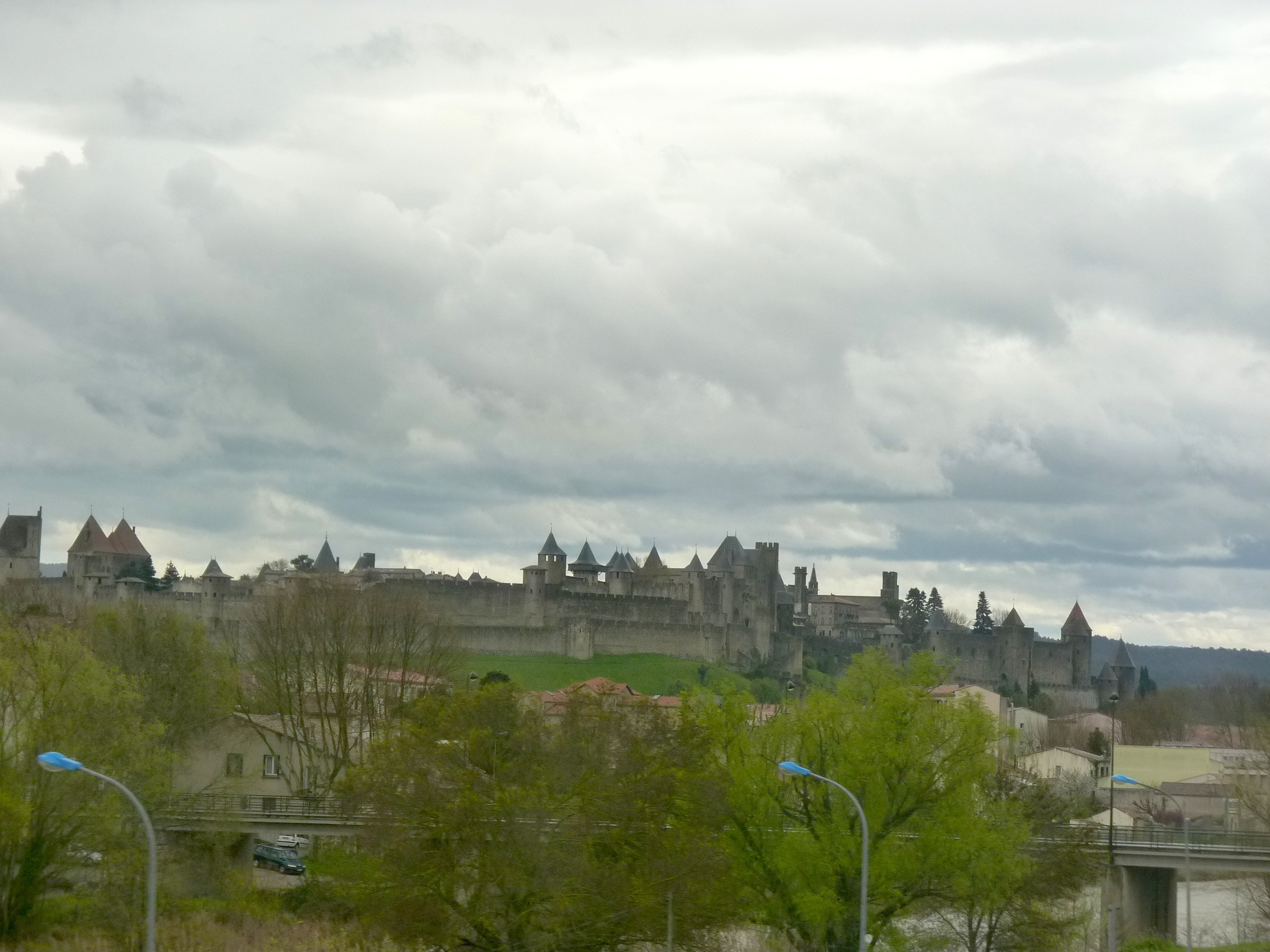
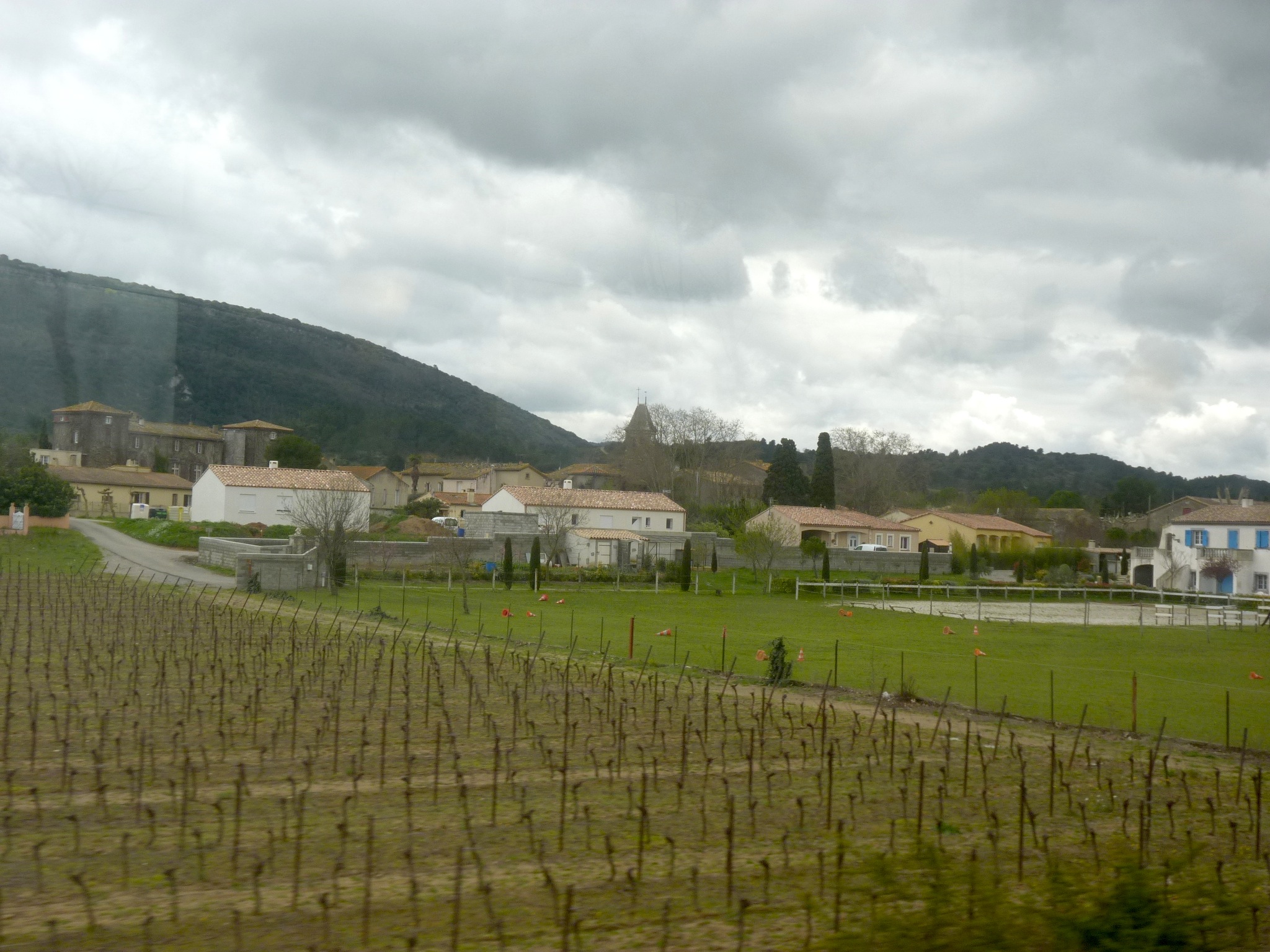

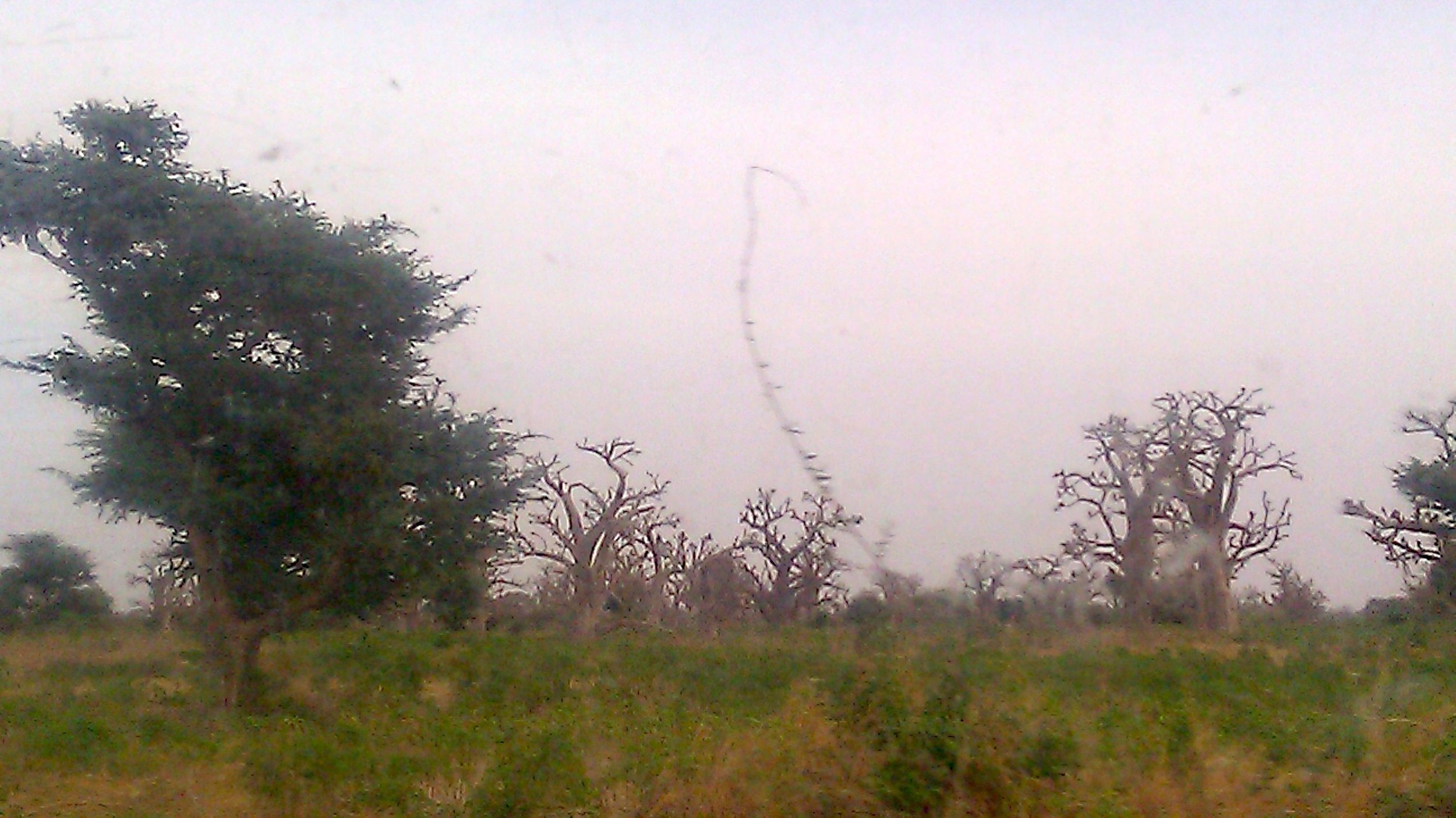
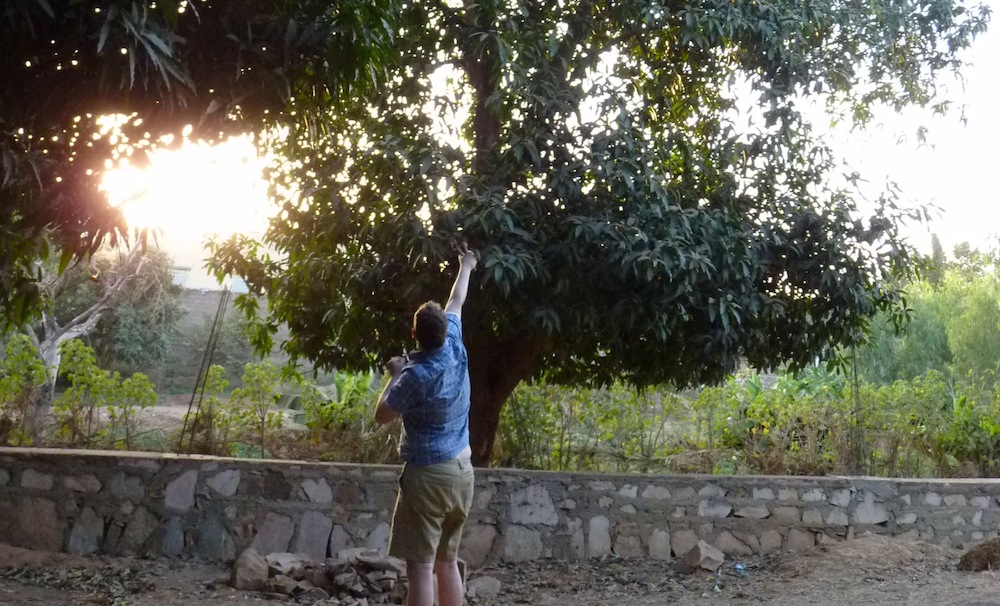
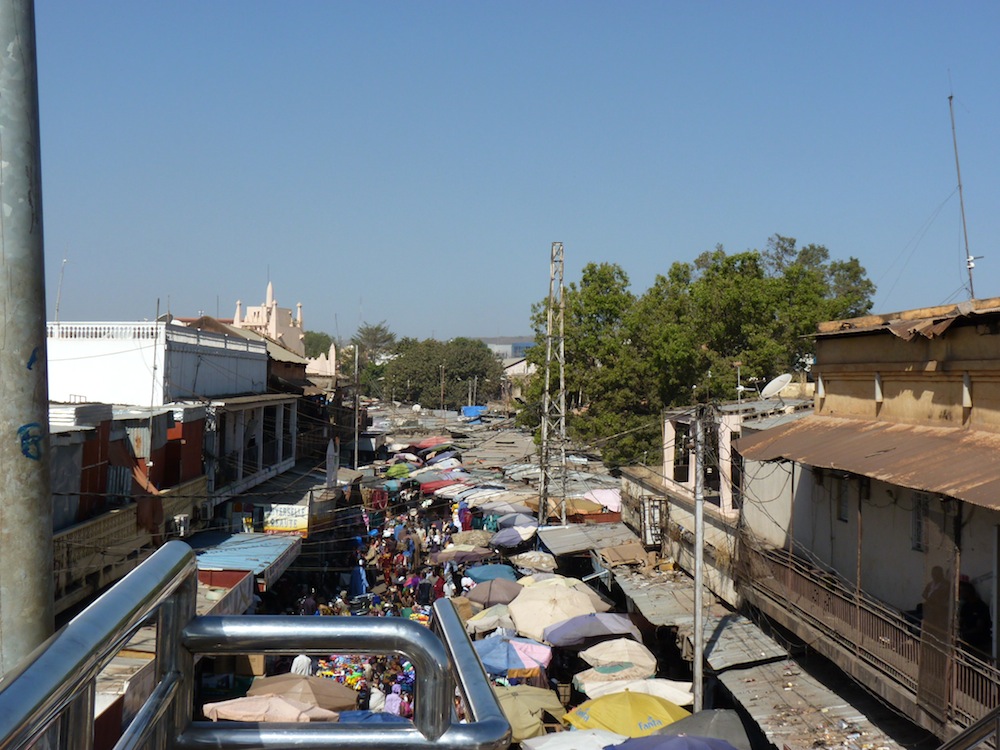
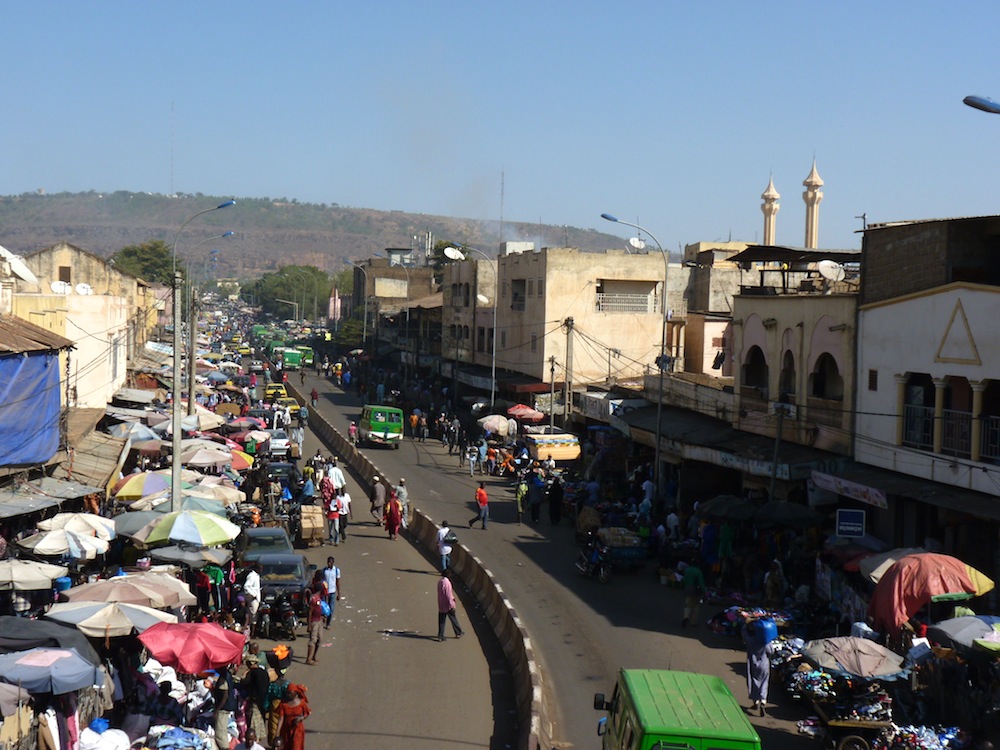

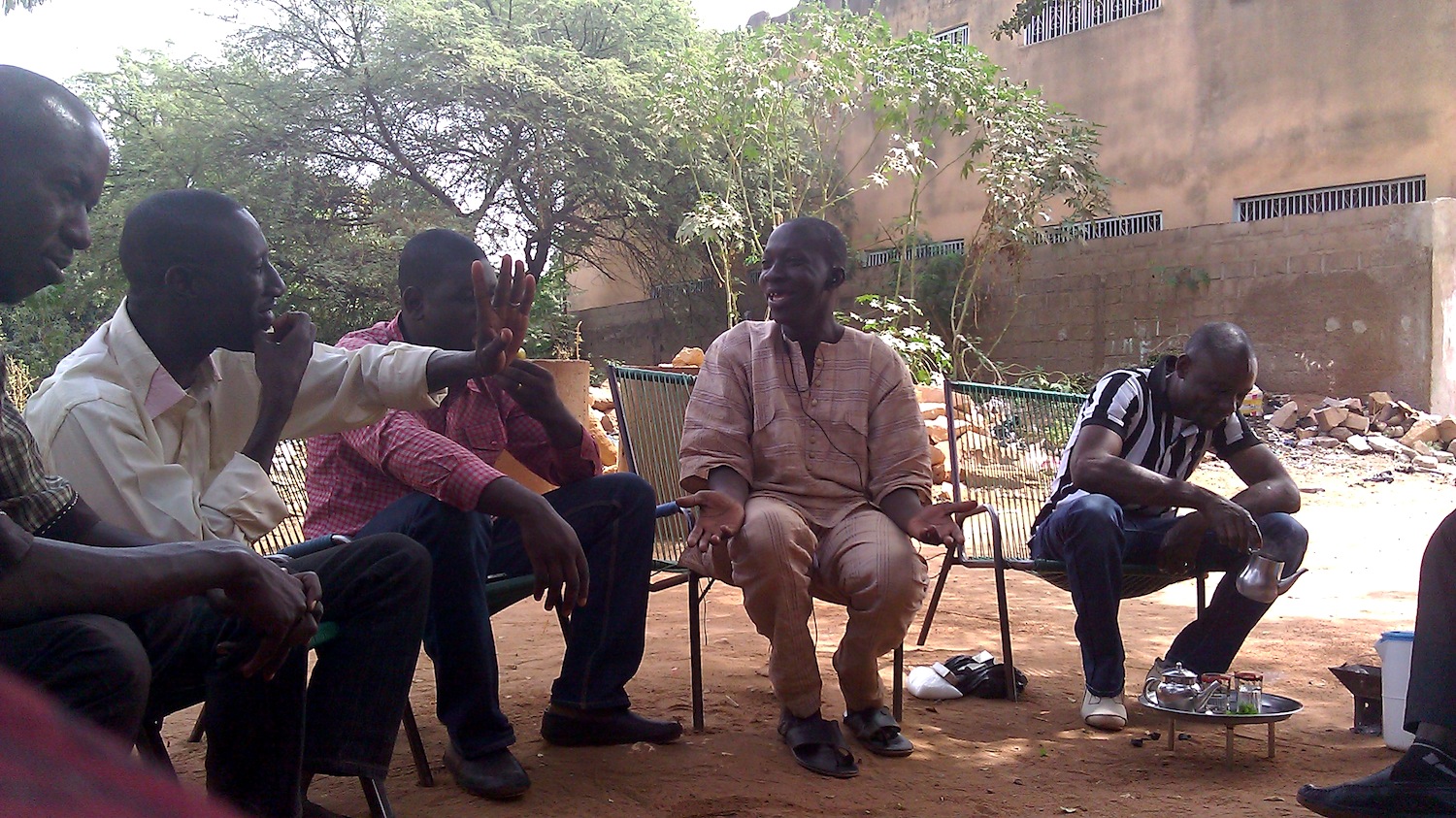
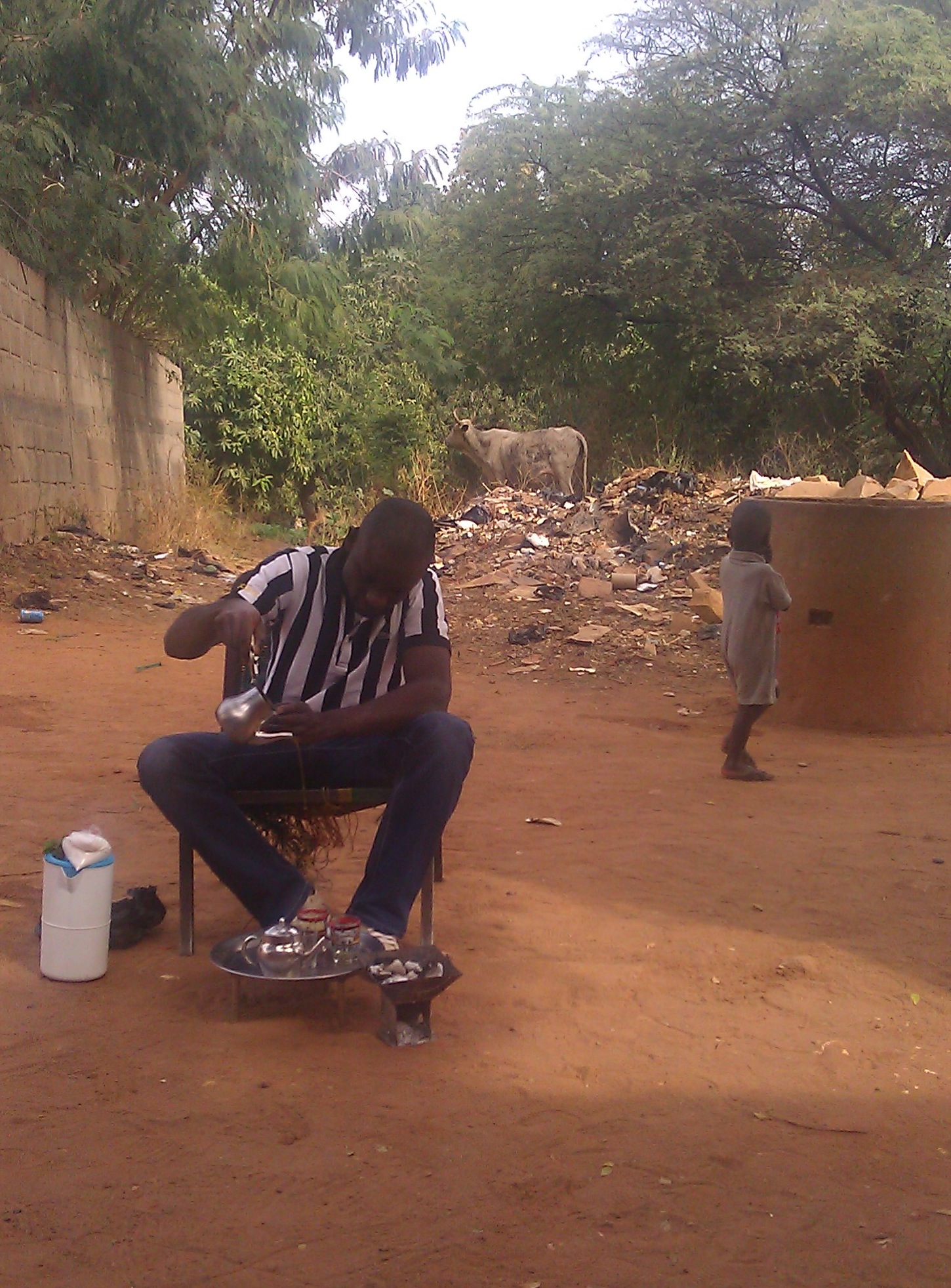

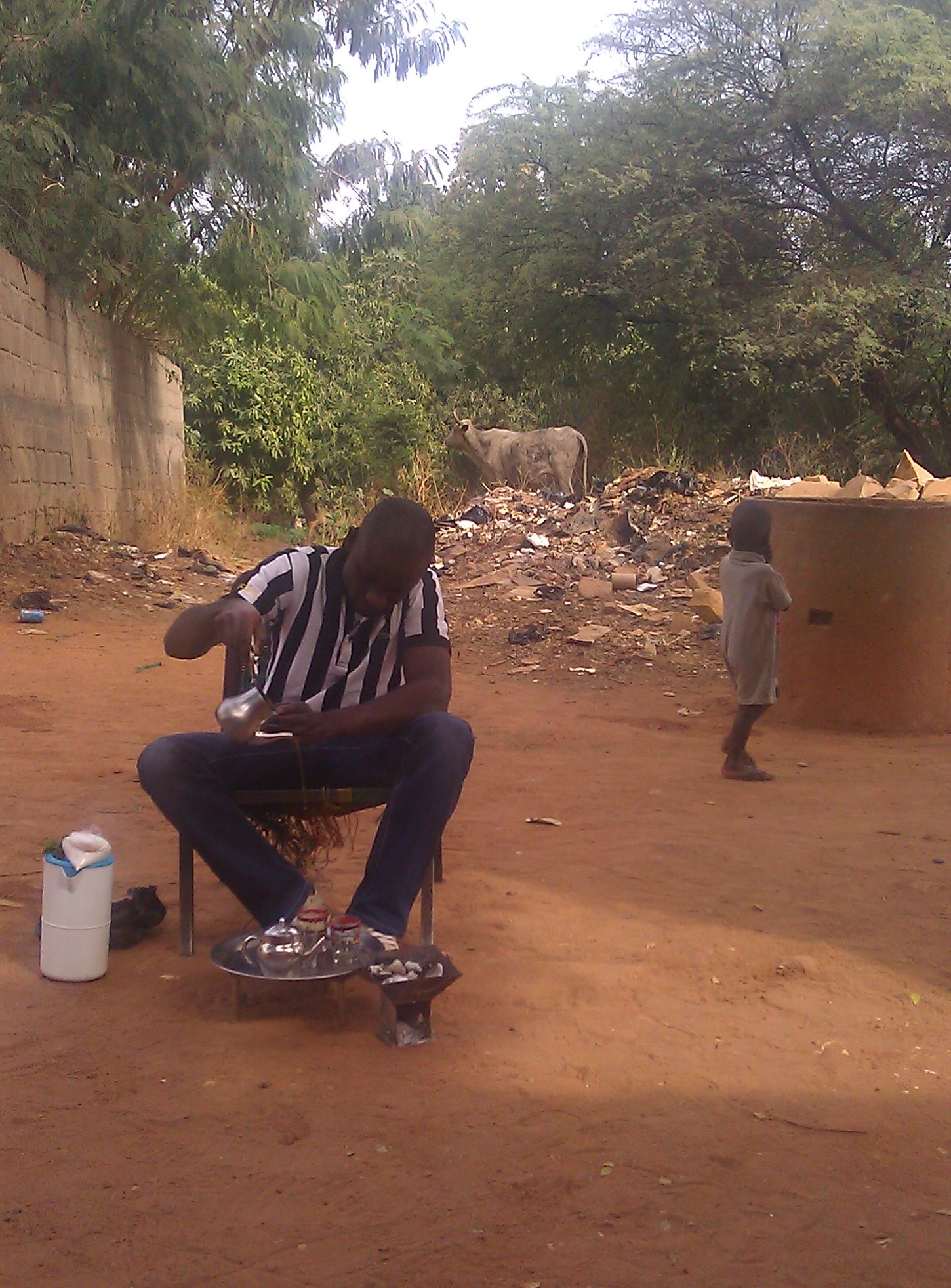

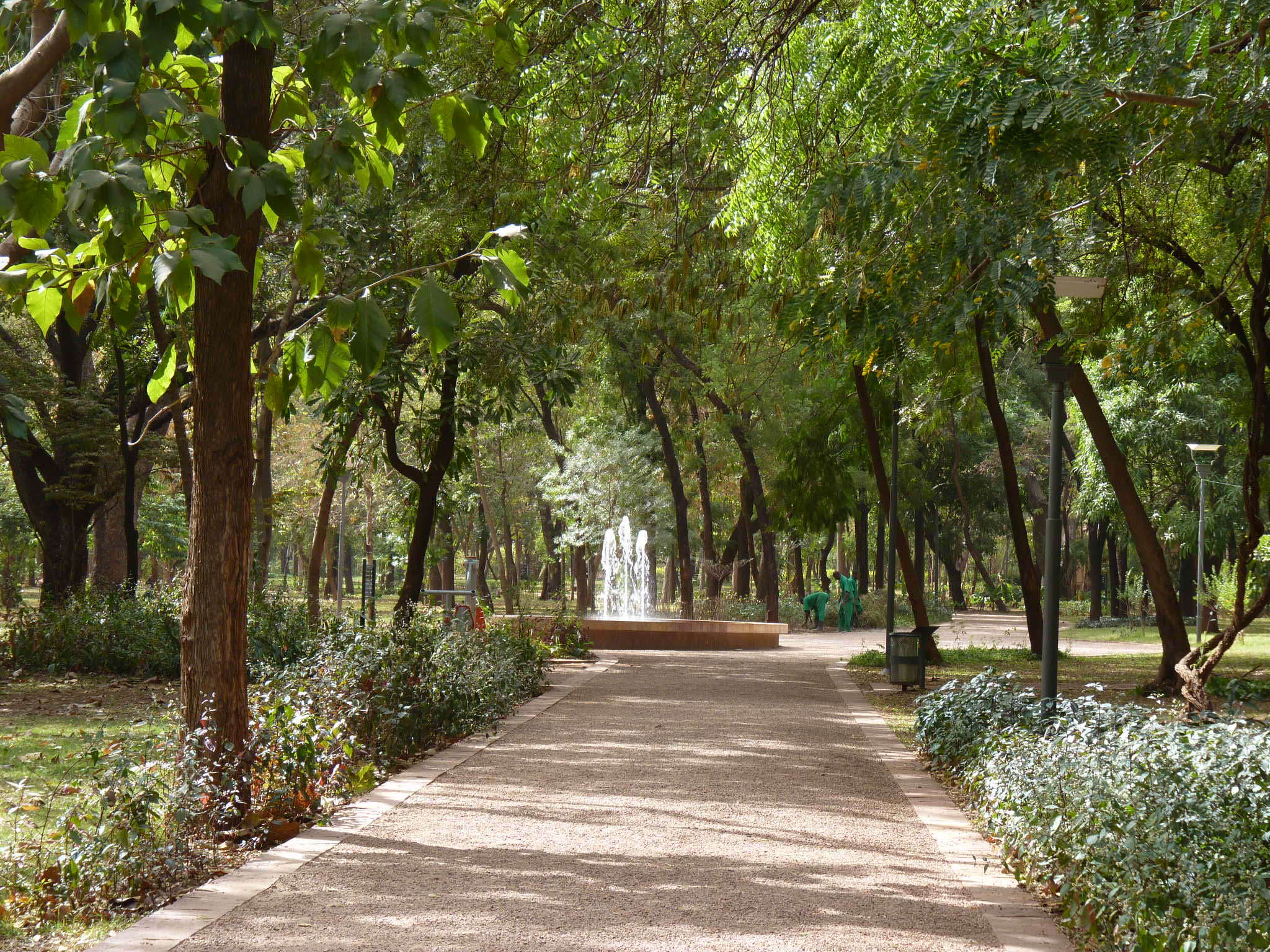

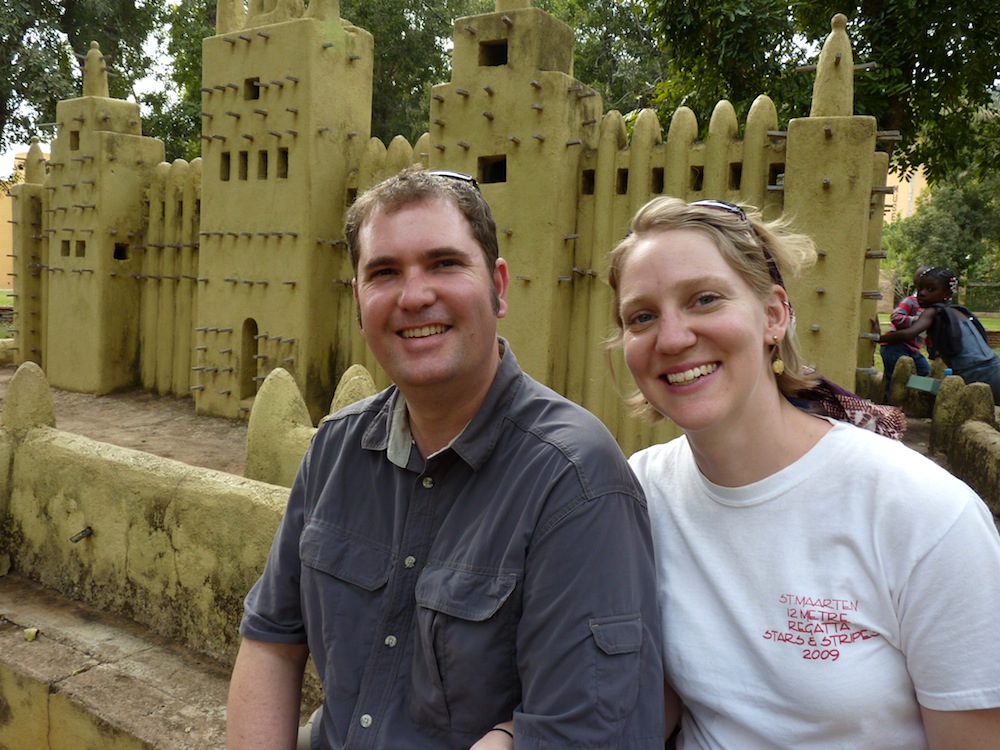

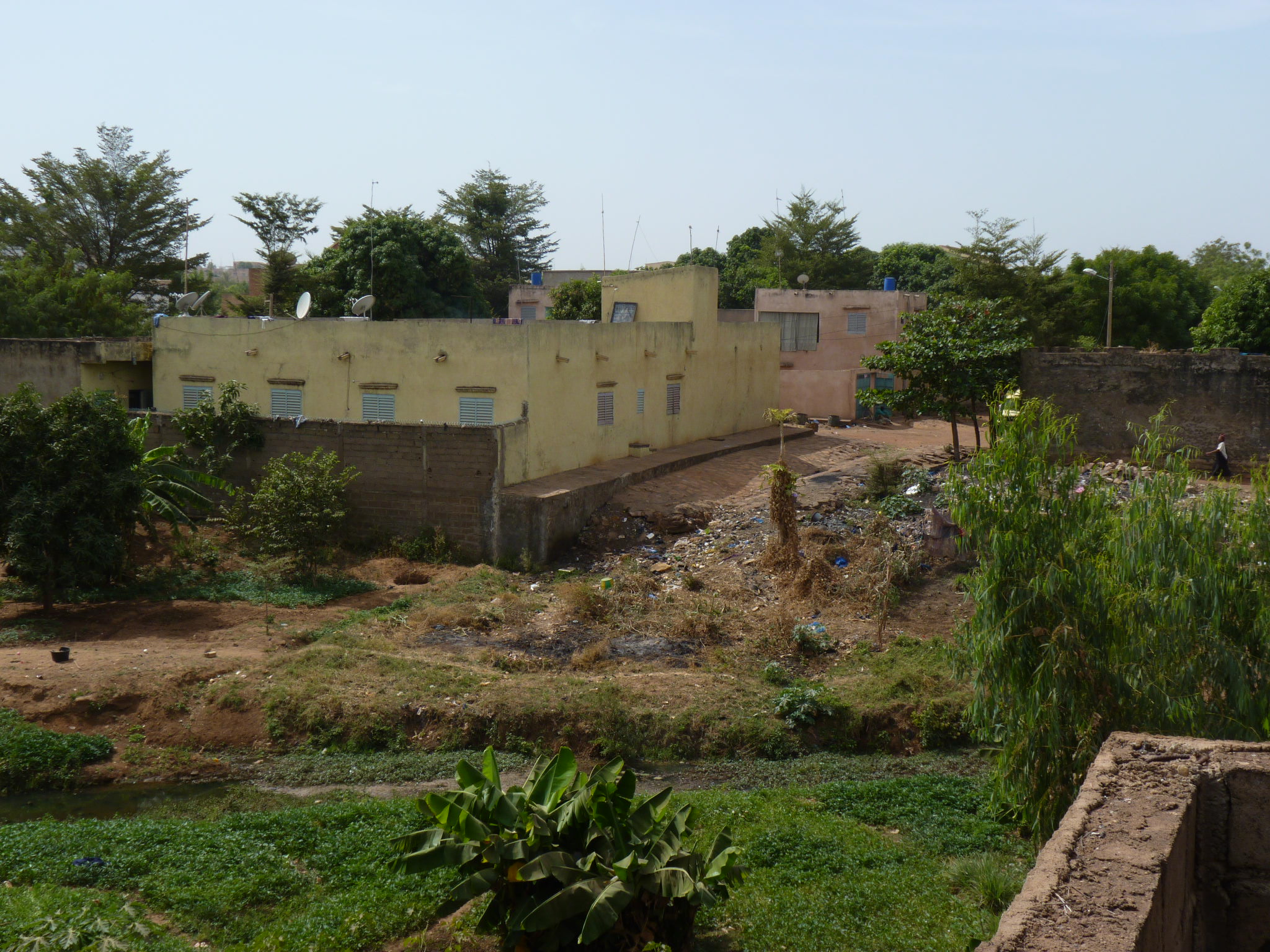

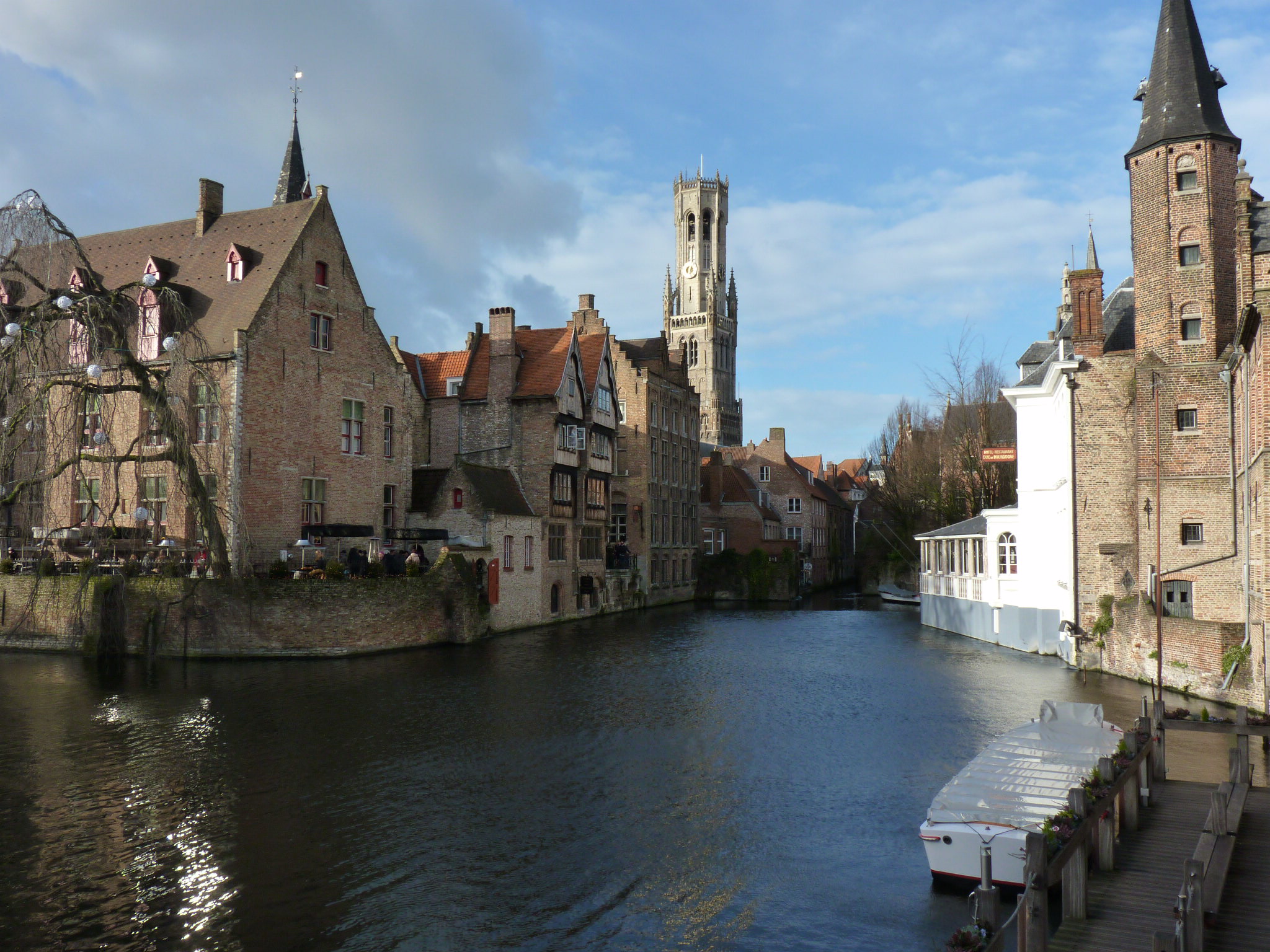
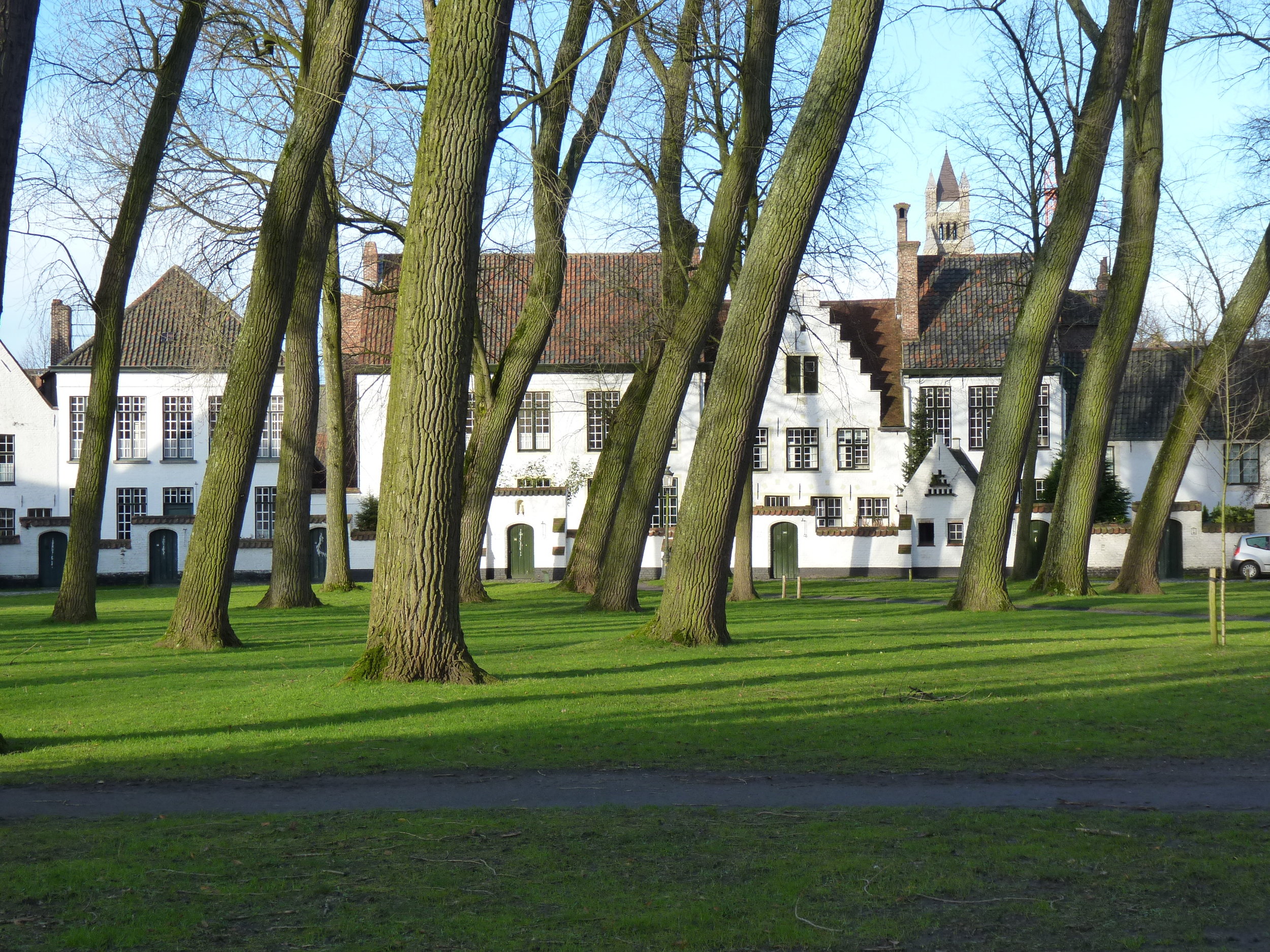
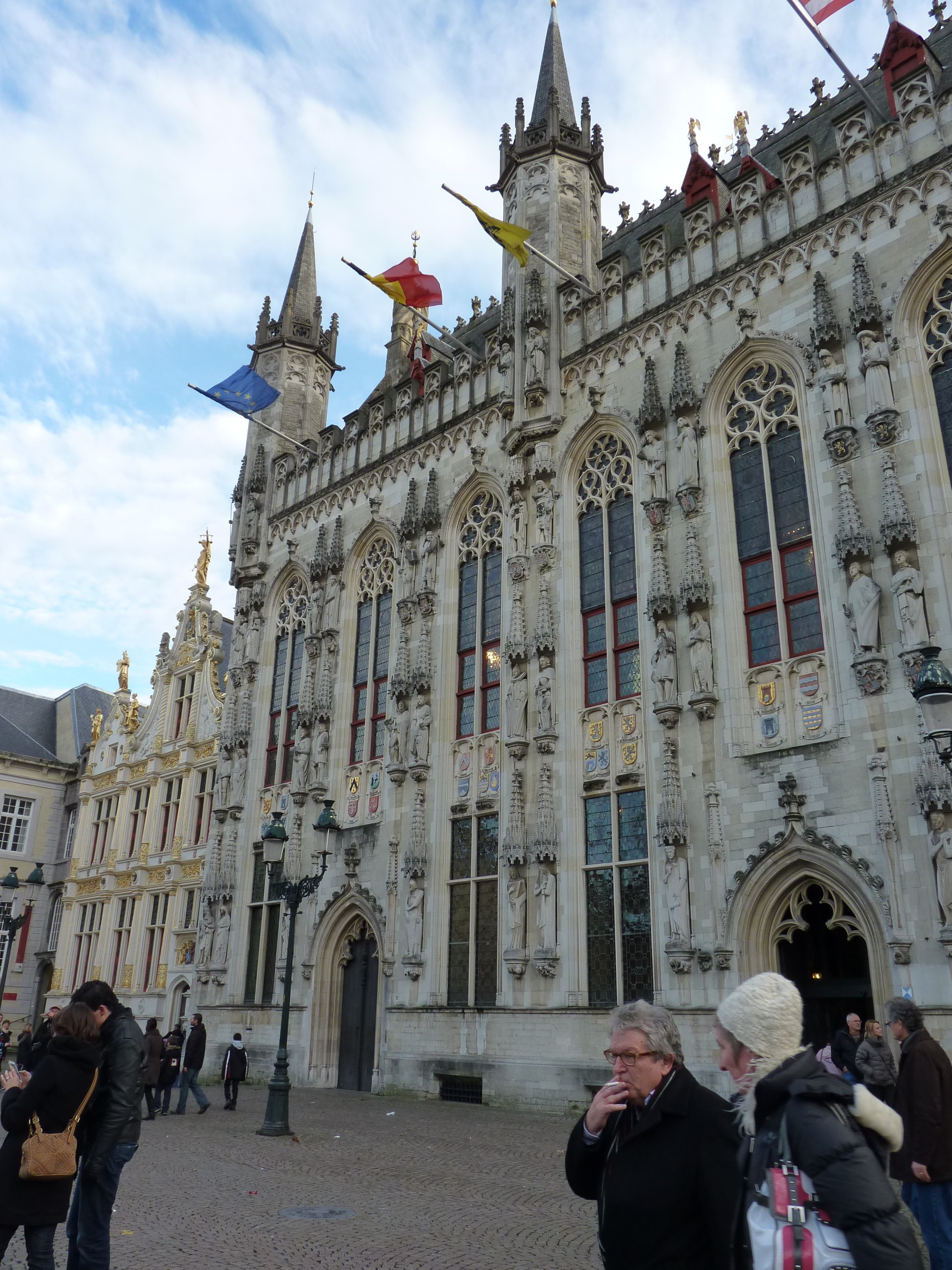
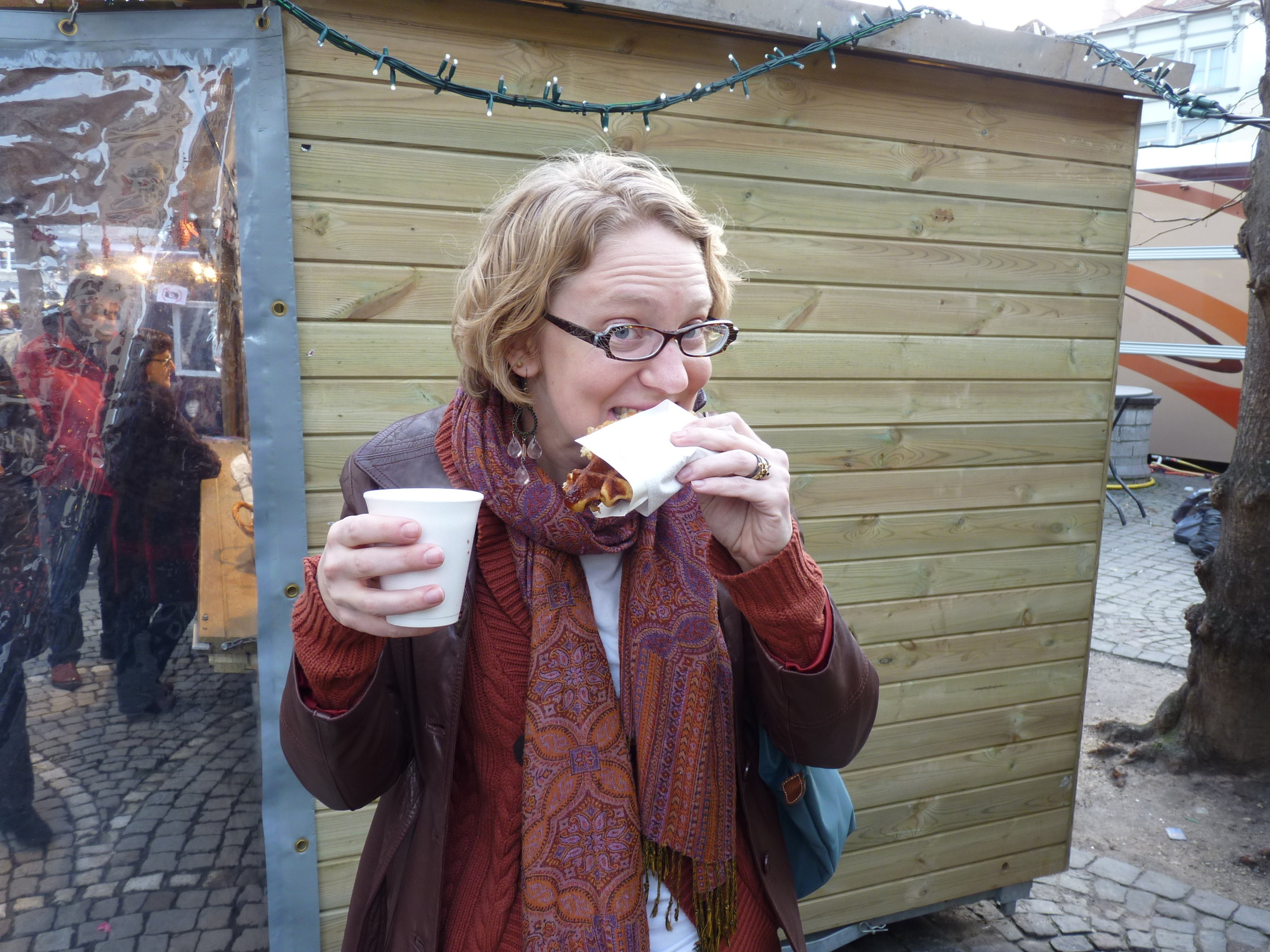
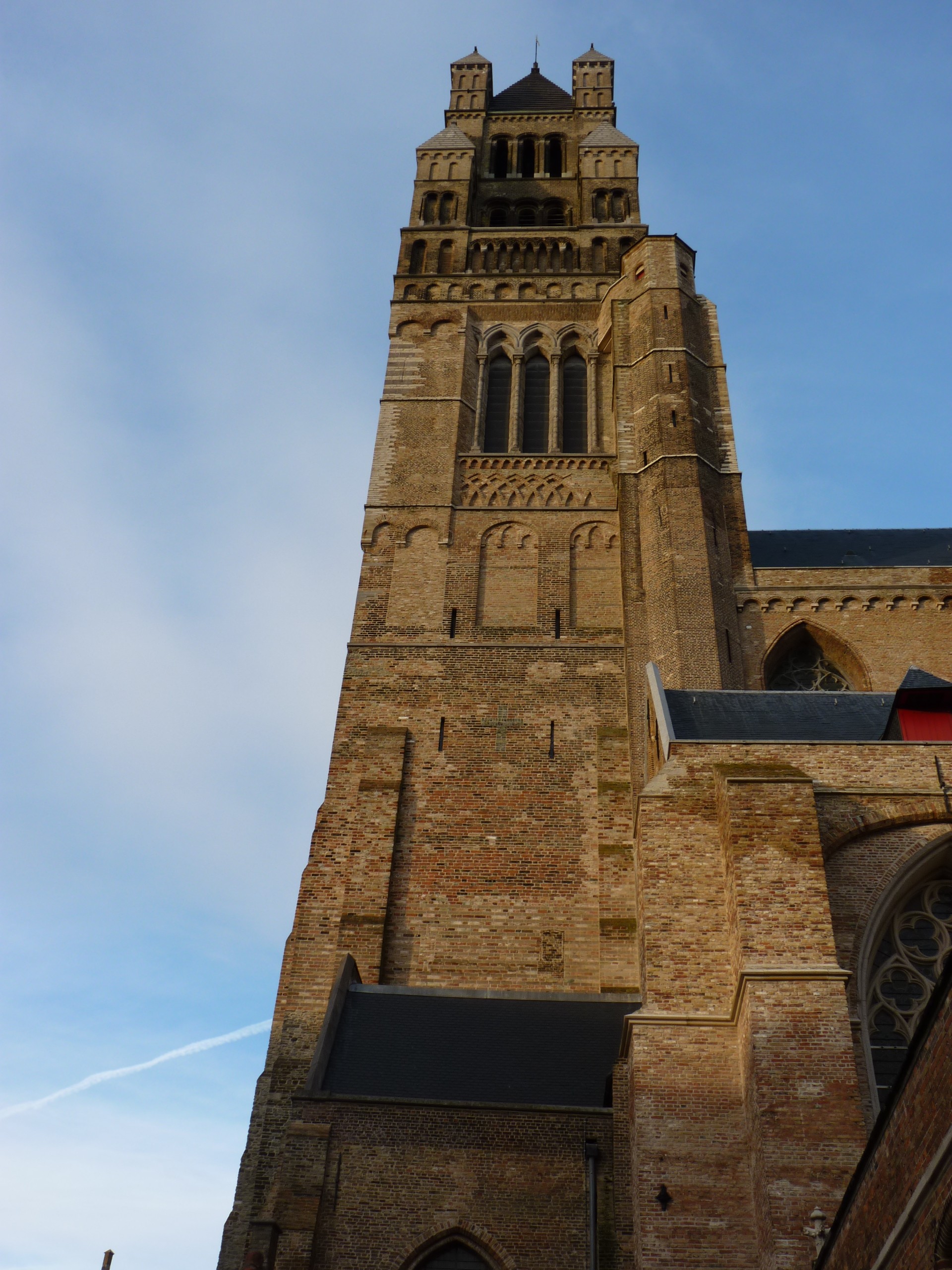
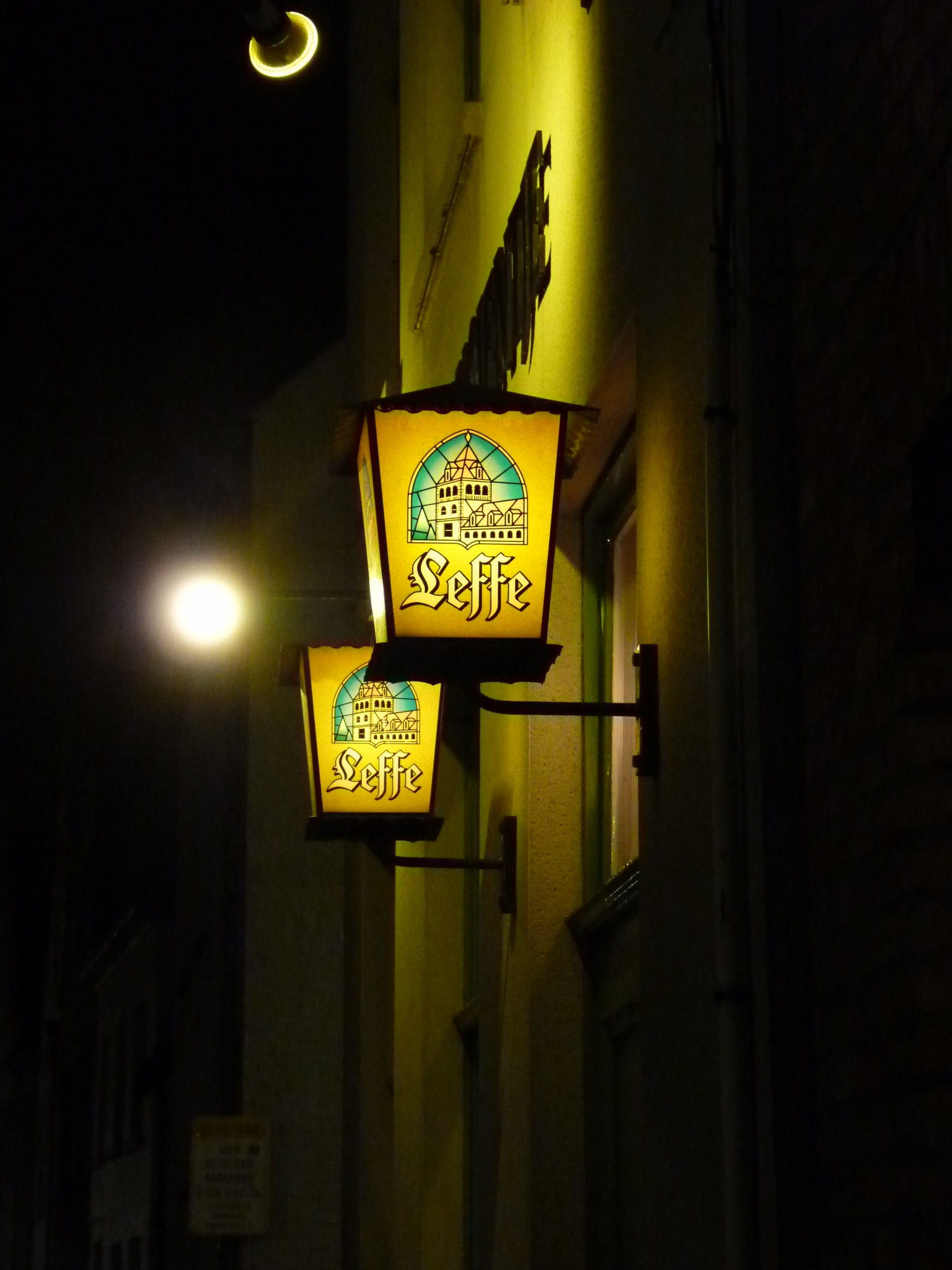
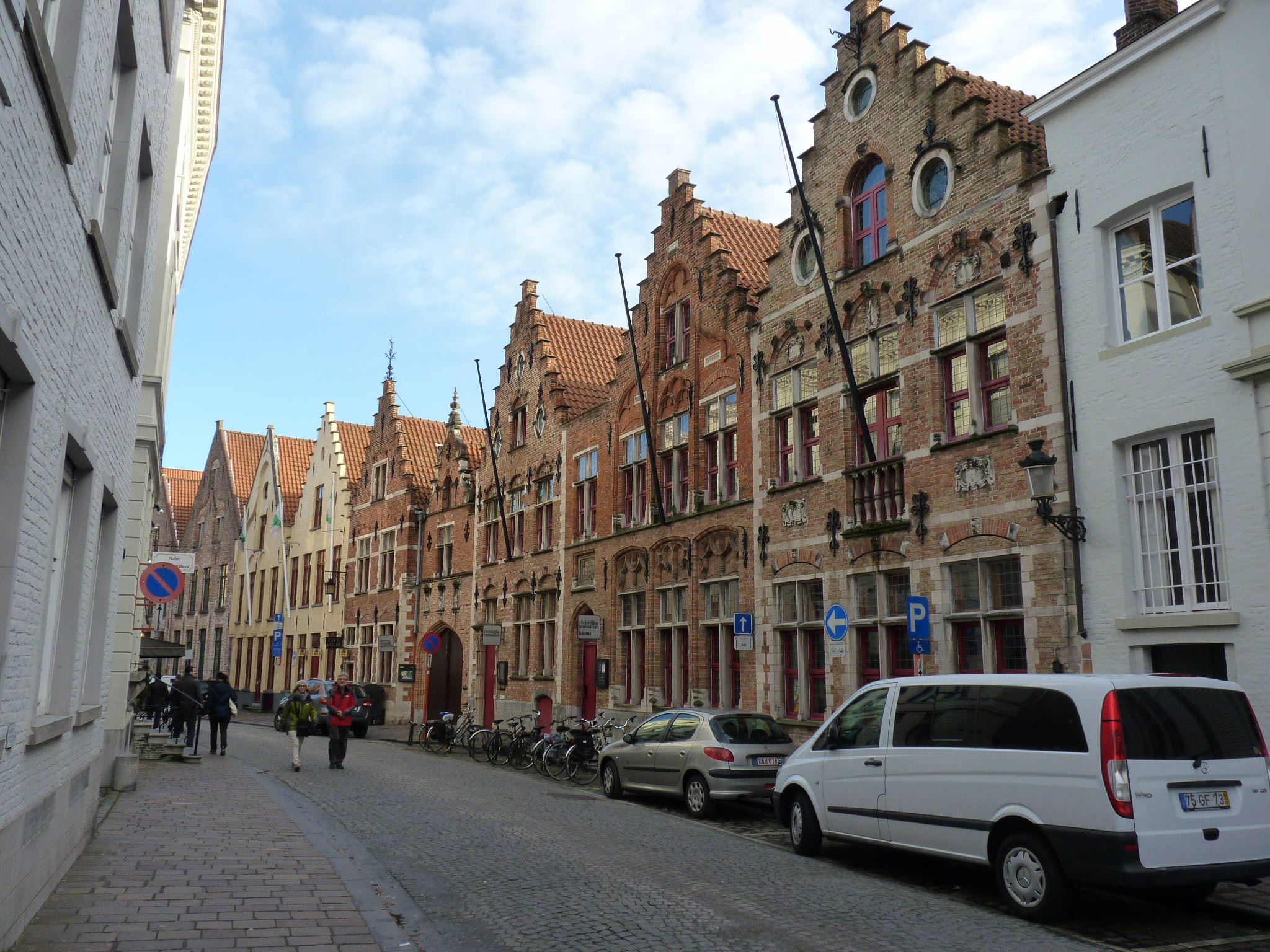

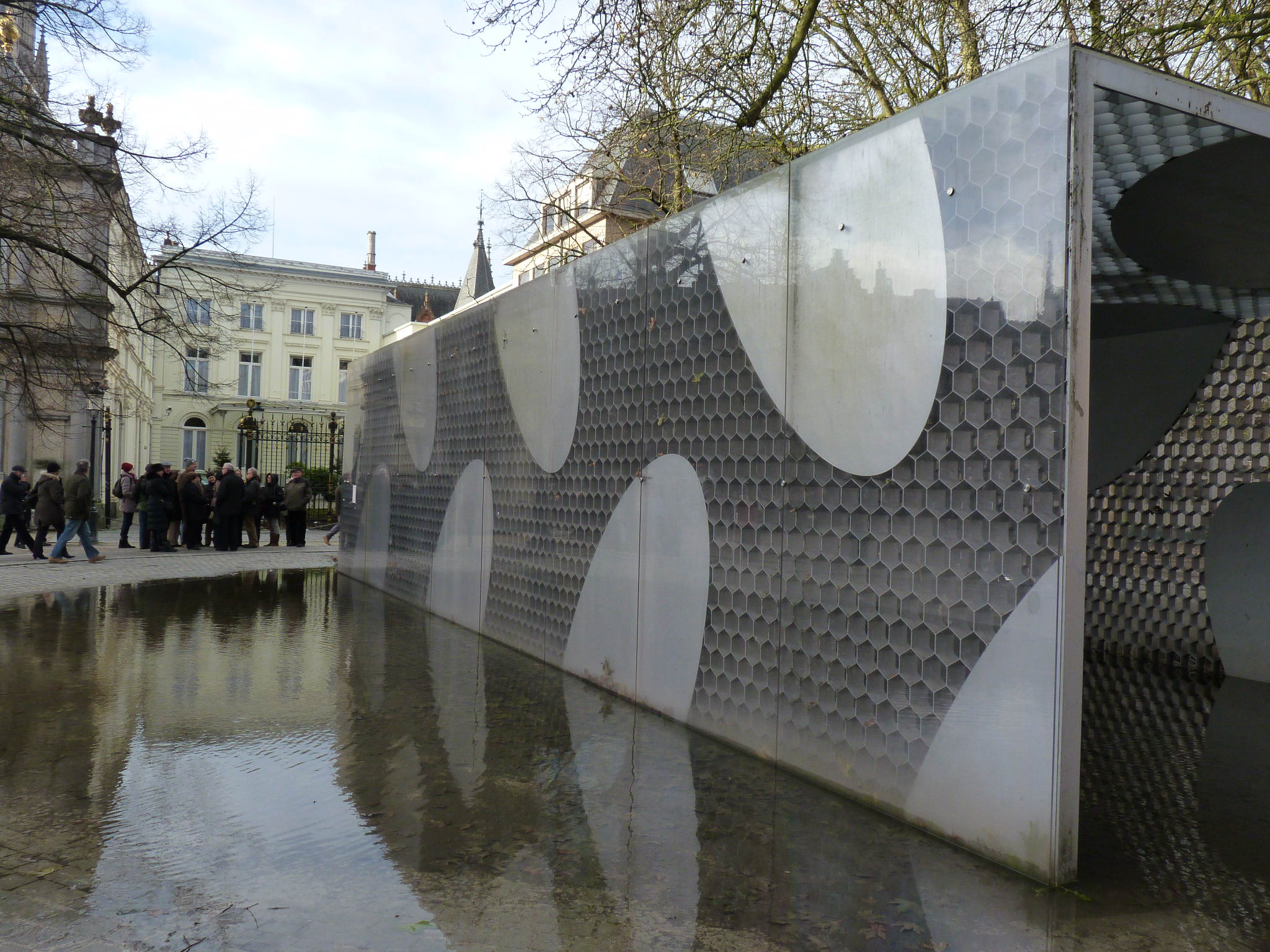

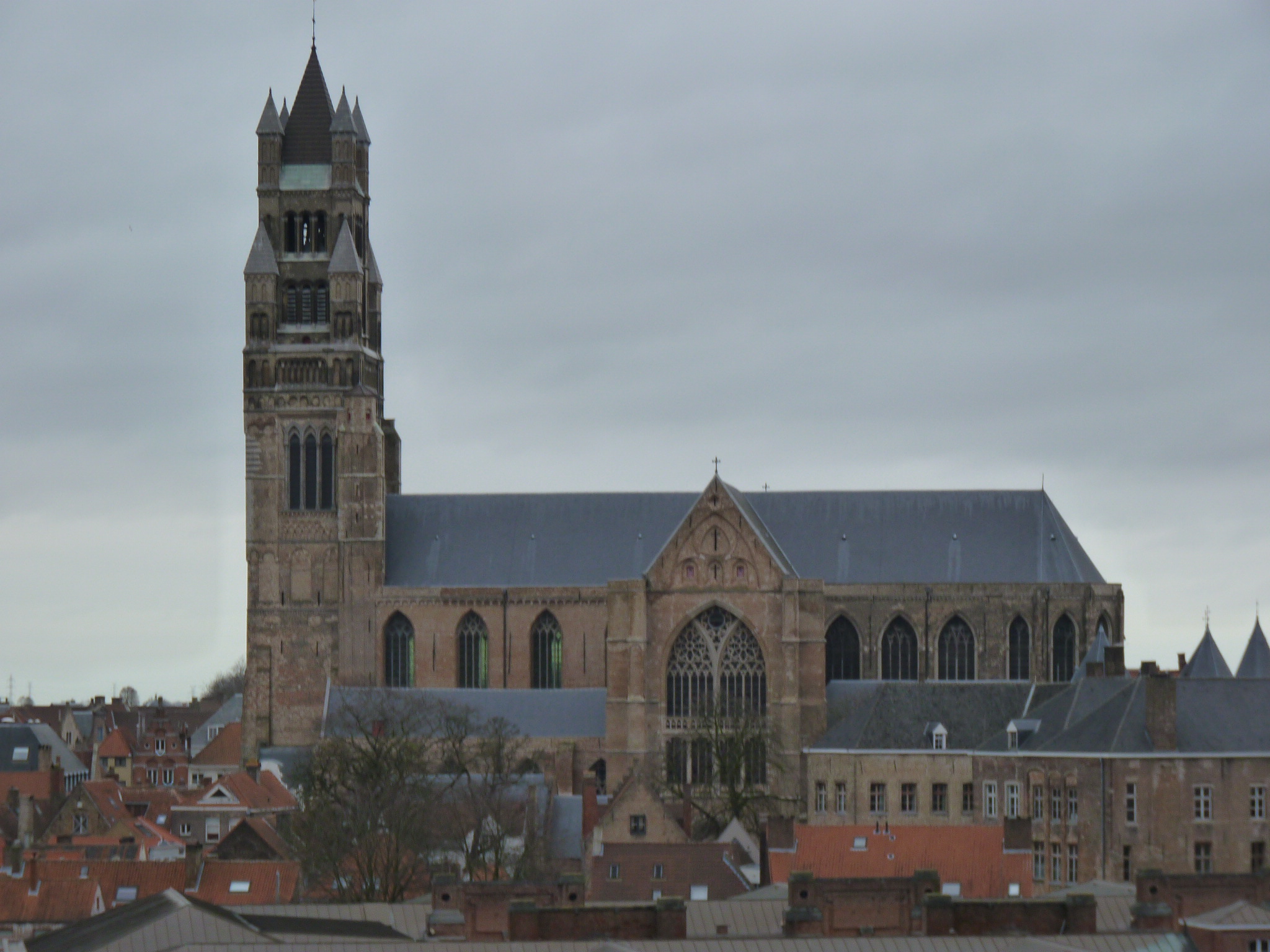

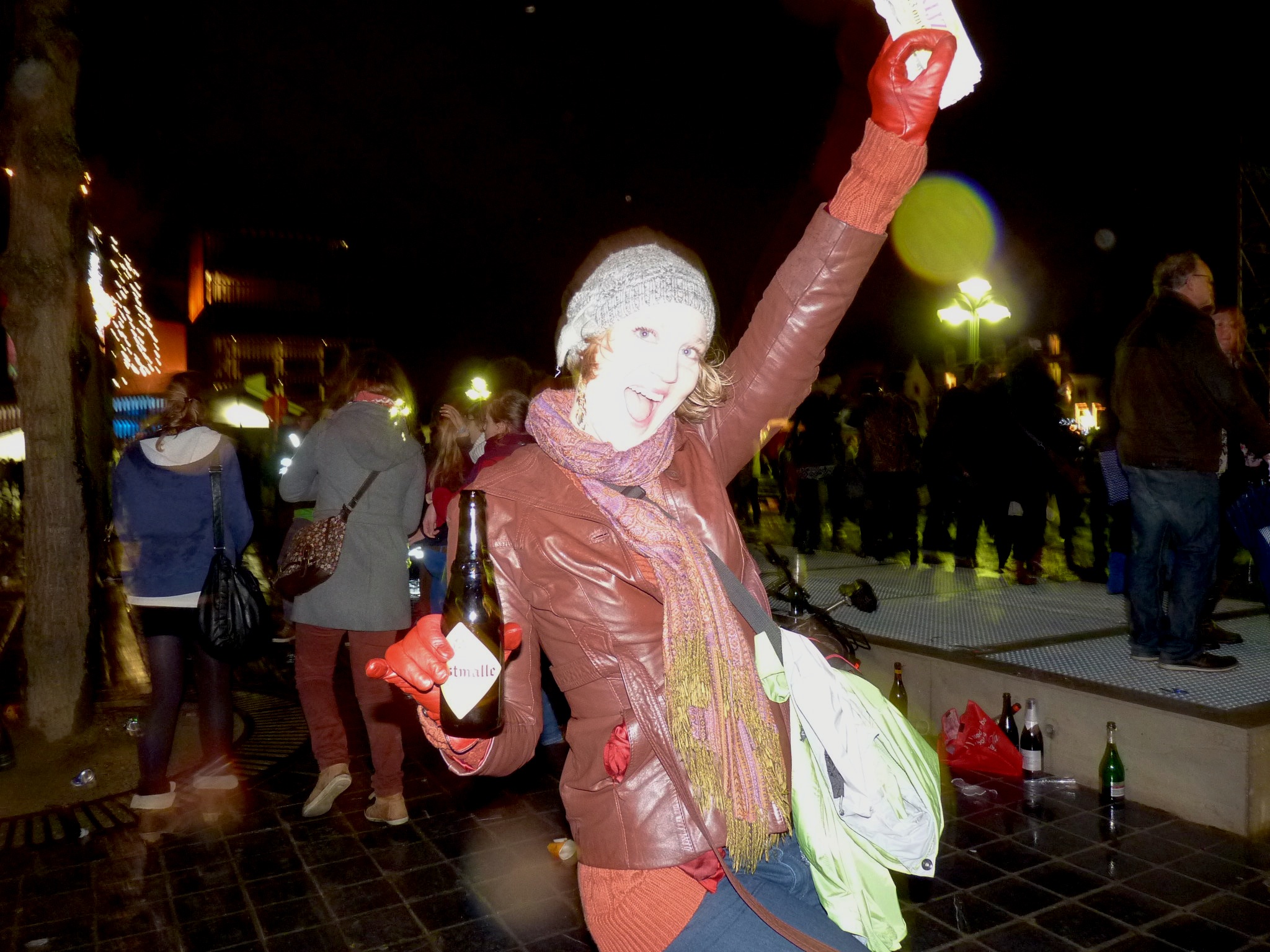
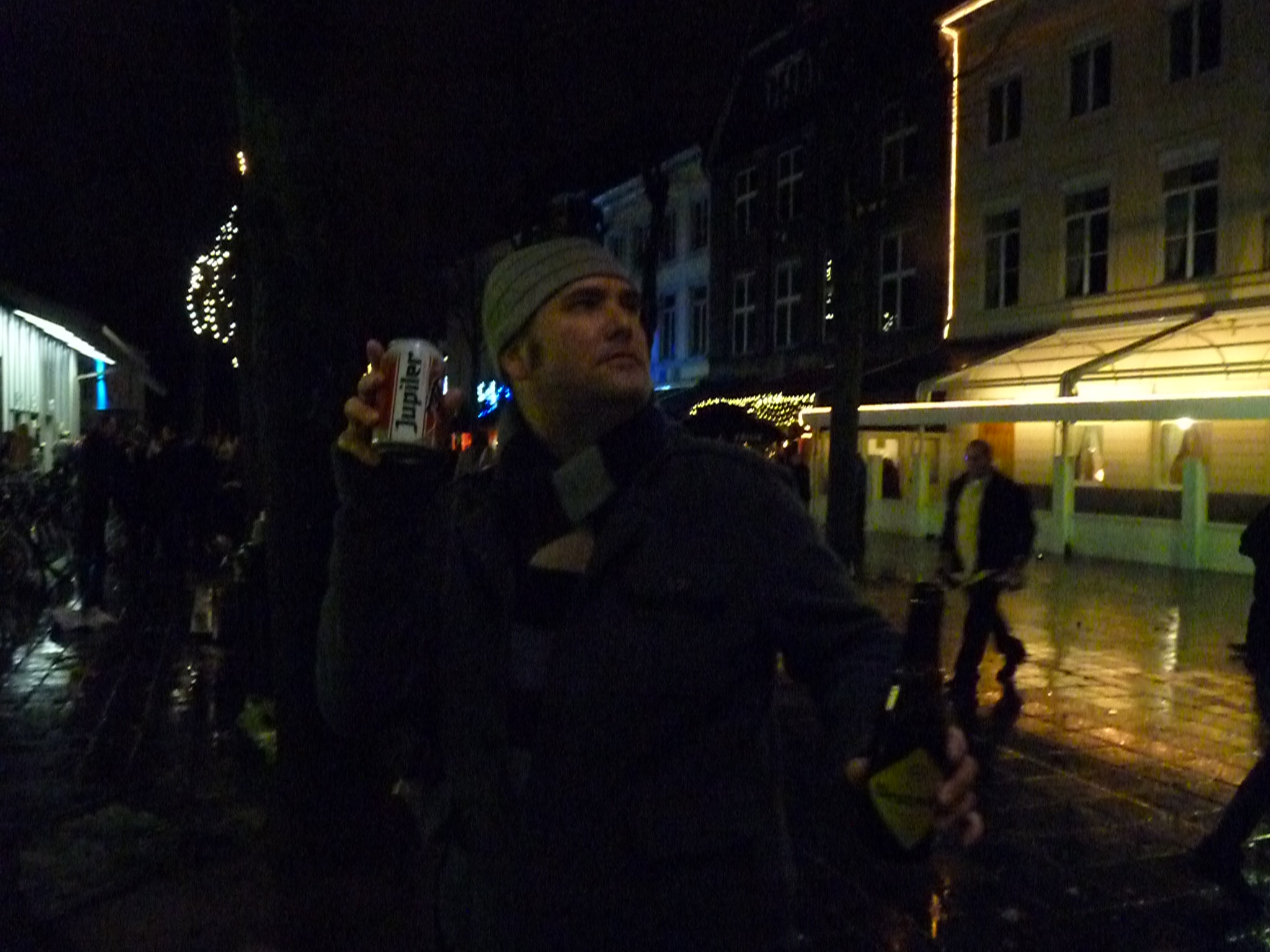
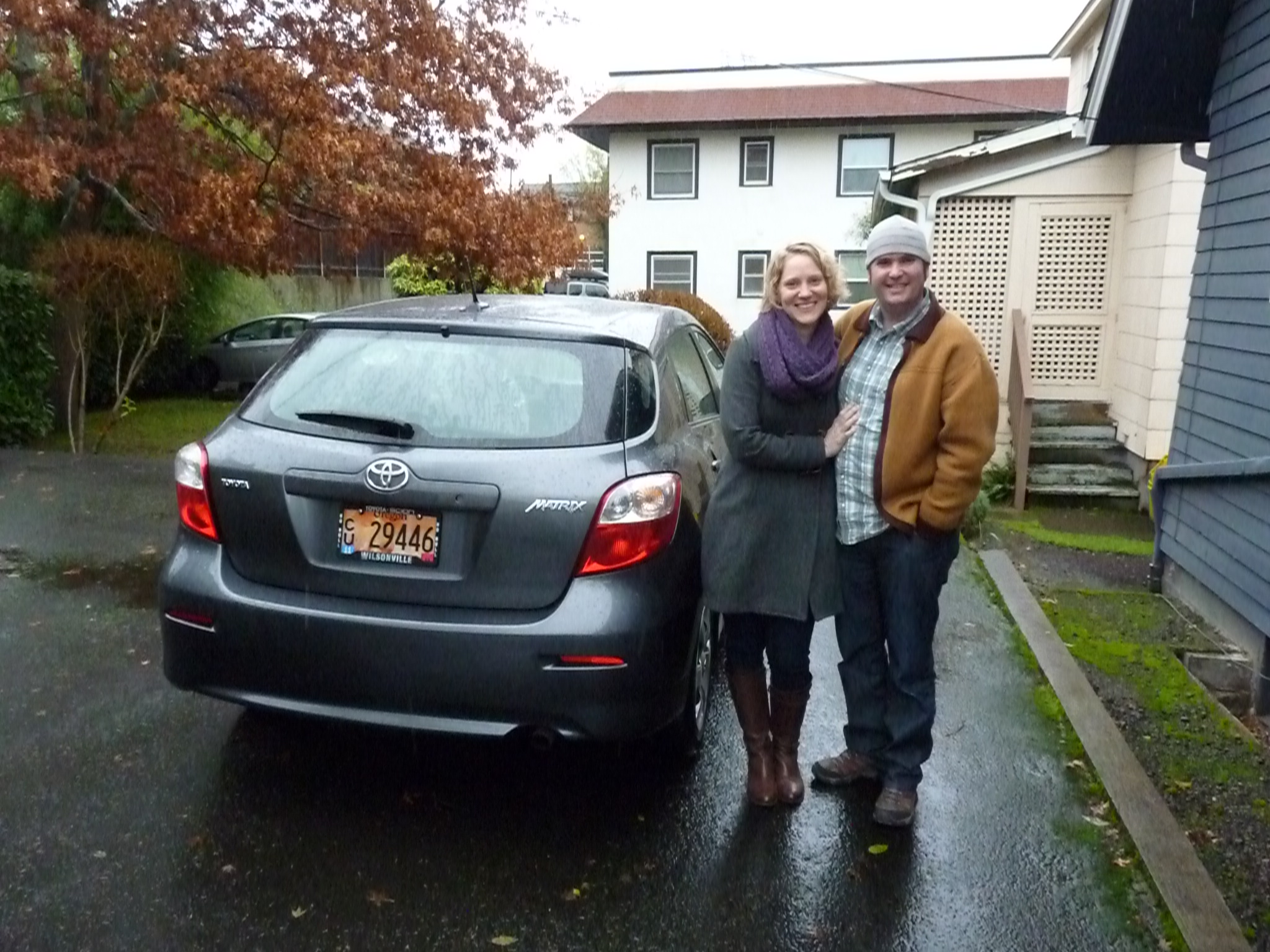
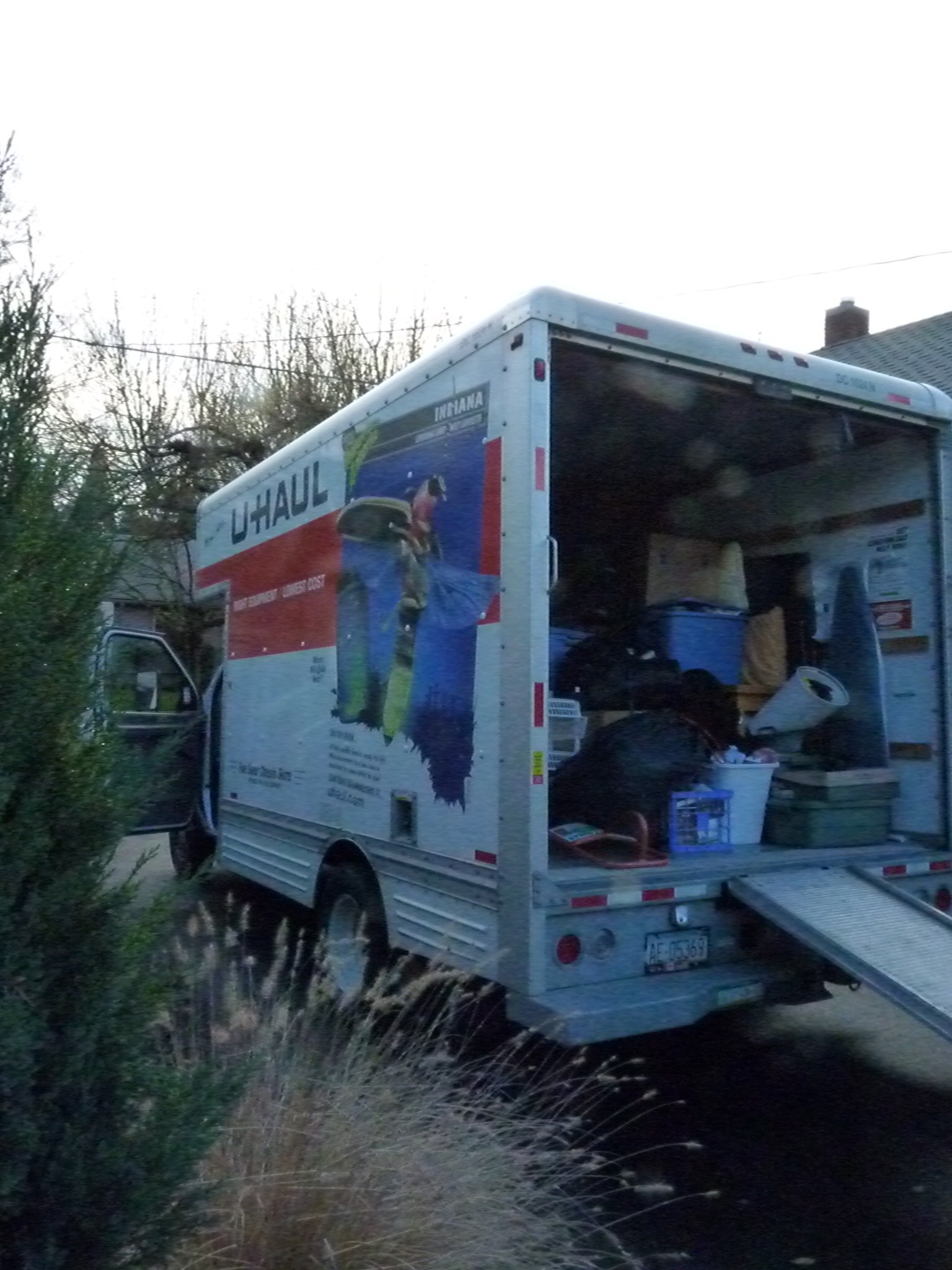

 , an external hard drive, the necessary cords and outlet adapters (thanks BCA!), plus of course the camera.
, an external hard drive, the necessary cords and outlet adapters (thanks BCA!), plus of course the camera.